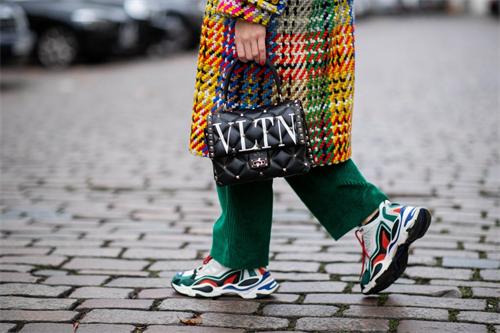The Influence of Streetwear on High-End Designer Collections

Once seen as a symbol of subculture, street culture has broken free from the confines of niche expression and forcefully permeated mainstream fashion. It now deeply influences the design concepts and aesthetic approaches of traditional haute couture. From its rebellious style to its values of diversity and inclusivity, street culture is reshaping the structure of the fashion industry.
The rise of street culture can be traced back to the 1960s in the United States, when hip-hop music, skateboarding, and graffiti art began spreading rapidly among the youth. These cultural elements collectively emphasized freedom, self-expression, and an anti-mainstream lifestyle. The streetwear that emerged alongside them was often bold in color, oversized in cut, and featured eye-catching slogans. Though initially deemed “rebellious,” it quickly gained popularity among young people due to its strong sense of individuality. With globalization, this street style spread across the world and became a vital component of global youth culture.
While early street fashion was once rejected by haute couture designers—criticized as “rough” and “non-mainstream”—some visionary designers saw its potential. In 1960, Yves Saint Laurent launched his famous “decadence” collection, boldly incorporating streetwear elements such as black leather jackets and oversized turtlenecks. Though controversial at the time, the collection paved the way for the integration of streetwear into high fashion, becoming a key source of inspiration for later designers.
By the 1980s, the influence of street culture on luxury fashion had become increasingly prominent. Japanese designers Rei Kawakubo and Yohji Yamamoto made waves in the Western fashion scene by bringing punk-inspired items—like Doc Martens boots—onto the runway, triggering a trend of challenging traditional fashion norms. In the 1990s, designers like Marc Jacobs redefined fashion through the lens of rock culture, while Rifat Ozbek expanded the boundaries of street aesthetics by blending in exotic cultural elements. These shifts all stemmed from streetwear’s deep exploration of identity and cultural expression.
In the 21st century, the streetwear wave has not subsided—in fact, it has intensified. Many luxury brands have proactively embraced street culture, engaging in cross-industry collaborations with popular streetwear labels. A prime example is the partnership between Louis Vuitton and American streetwear brand Supreme. This collaboration not only caused a global sensation in the fashion world but also marked the official entry of street culture into the realm of haute couture. It injected fresh energy into traditional luxury brands and attracted a younger consumer base.
At the same time, street culture has given rise to numerous youth-oriented streetwear brands. These labels promote a youthful and anti-establishment attitude in their designs and are adept at using social media to engage with consumers. By leveraging trending topics, they lead fashion trends and reflect the market’s growing appetite for new forms of style expression. Their rise represents a significant force in the evolving structure of the fashion industry.
In conclusion, the influence of street culture on high-end designer collections goes beyond visual aesthetics and stylistic fusion. It has profoundly reshaped the creative philosophy and strategic direction of designers and brands. By breaking the boundary between tradition and rebellion, street culture has made fashion more grounded, diverse, and inclusive. No longer an outsider to mainstream fashion, street culture has become a key driving force propelling the industry forward.
RECOMMEND FO YOU



